Sabah, the “Land Below the Wind,” is a cultural melting pot of an estimated 33 indigenous groups, each with their own unique traditions, languages, and histories. Among these, the Mari Mari Cultural Village provides a glimpse into the lives of five communities: the Lundayeh, Murut, Bajau, Kadazan, and Rungus.
This living museum celebrates their rich heritage, offering visitors a chance to connect with Sabah’s diverse cultural tapestry. Let’s take a closer look at these five groups, their shared values, and the unique traits that set them apart.
Lundayeh: The Guardians of the Highlands
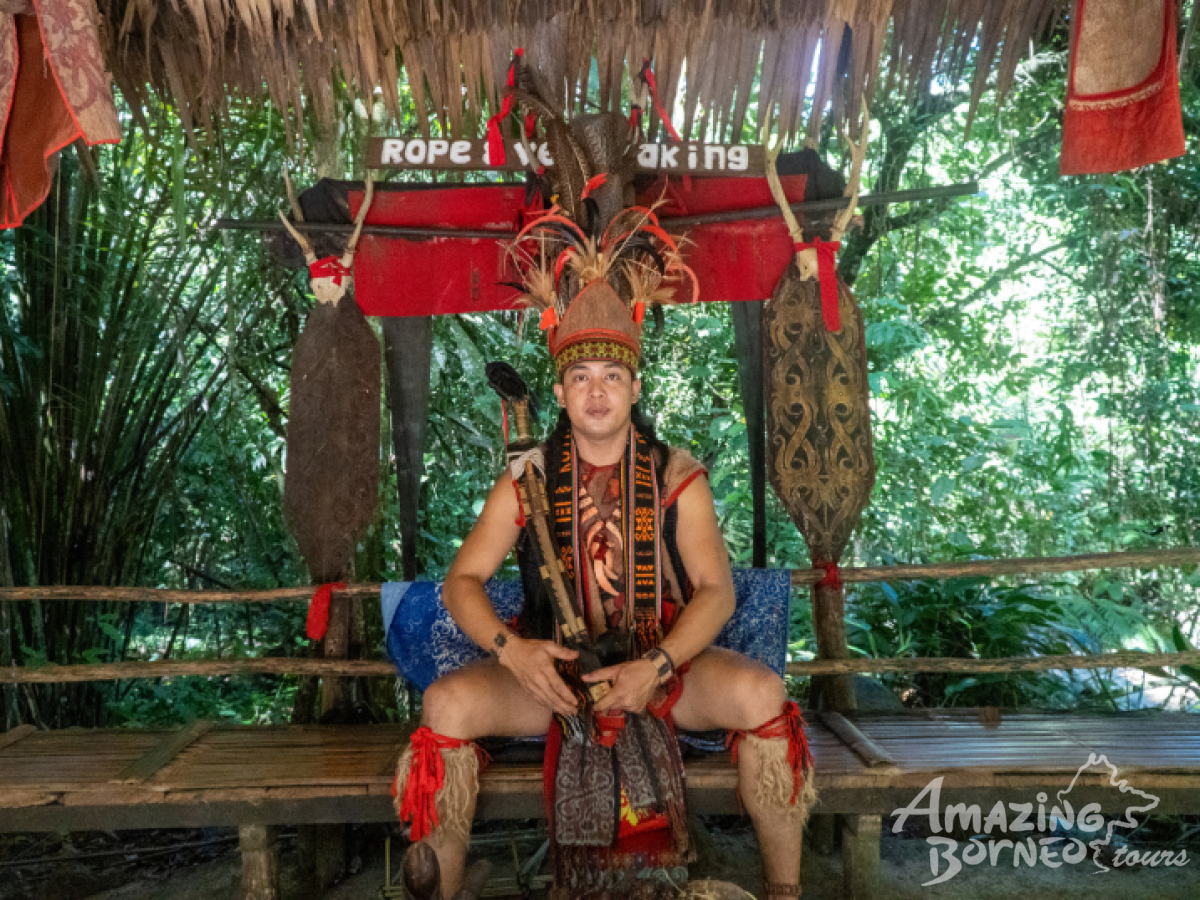
Hailing from the highlands of Sabah and neighbouring Sarawak, the Lundayeh people, also known as Lun Bawang, are known for their deep connection to the environment. Traditionally, they thrived as agriculturalists, hunters, and craftsmen.
- Architecture: Lundayeh longhouses are functional and eco-friendly, crafted from bamboo and wood, reflecting their harmonious relationship with nature.
- Traditions: Communal living is a hallmark of Lundayeh culture, where festivals and celebrations often feature bamboo instruments like the pagang (tube zither) and lively folk dances.
- Lifestyle and Challenges: In the late 1800s to early 1900s, the Lundayeh population faced significant challenges due to unhealthy lifestyles and a devastating smallpox outbreak. Their numbers dropped from around 20,000 to just 3,000 — a somber period that remains a sensitive topic for some in the community today.
- Modern Influence: Despite these hardships, the Lundayeh have adapted to modern life while preserving their traditions. Today, they continue to thrive as proud custodians of their heritage, blending their cultural practices with contemporary livelihoods.
The Lundayeh people exemplify resilience and a spirit of self-sufficiency, with a culture that emphasises community and respect for the natural world.
Murut: Echoes of a Warrior Past
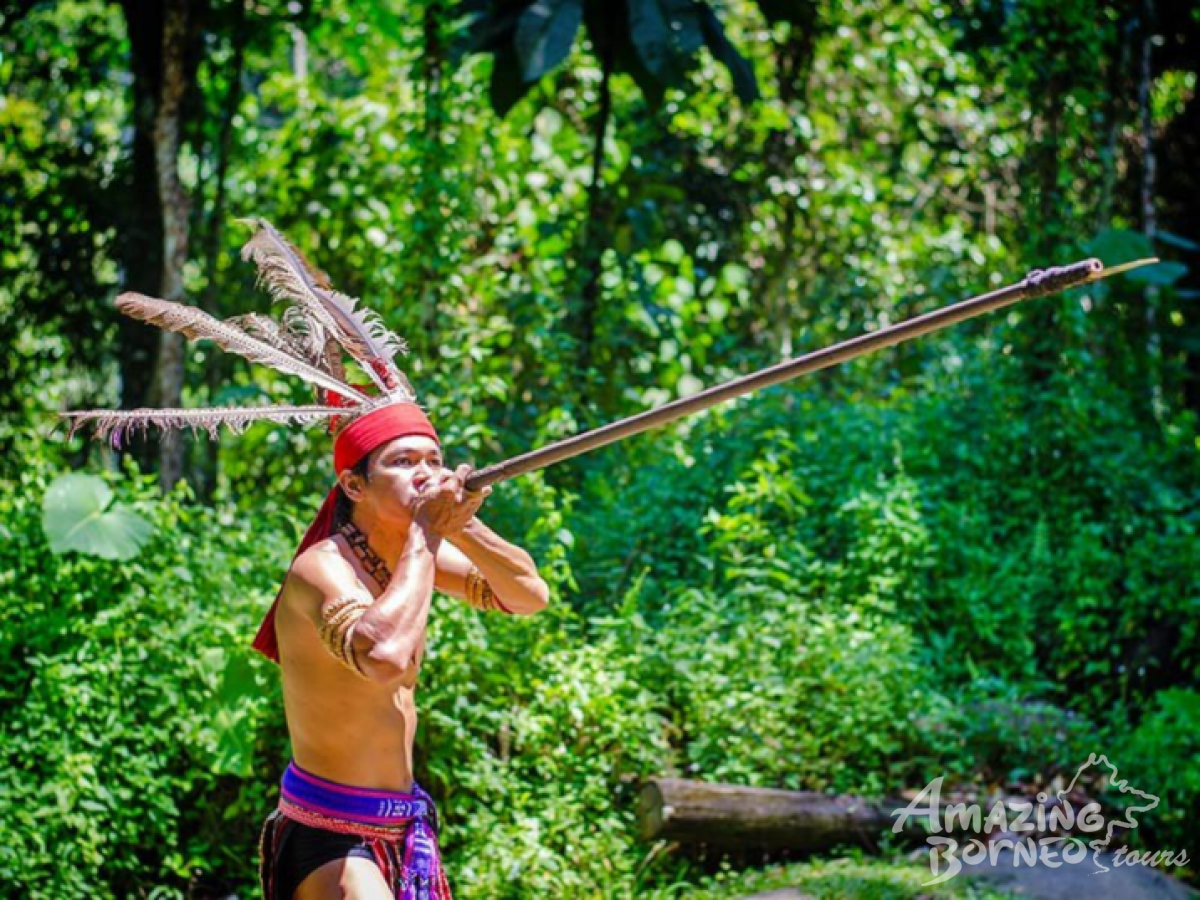
The Murut, whose name means “hill people,” were once known for their warrior culture and headhunting practices, which were deeply rooted in survival and ritual. Today, the Murut are renowned for their warm hospitality and vibrant cultural expressions.
- Architecture: Traditional Murut longhouses are communal spaces where families come together to celebrate and share stories.
- Traditions: A central aspect of Murut culture is their dances, especially the Magunatip bamboo dance. This thrilling performance showcases agility and rhythm as dancers leap between clapping bamboo poles. The dance, once a martial art, has become a symbol of Murut pride.
- Historical Significance: A pivotal figure in Murut history is Ontoros Antanom, a warrior believed to possess supernatural powers. In 1915, he led the Rundum uprising against the British North Borneo Company, rallying nearly a thousand Murut warriors. Though the rebellion ended in his capture, his legacy endures as a symbol of courage and resistance.
- Modern Life: The Murut have transitioned into modern professions while continuing to honor their past. Festivals and crafts remain central to their identity, offering a bridge between tradition and progress.
Their past as headhunters is no longer a part of Murut life, but their courage and adaptability remain defining characteristics of their culture.
Bajau: Navigators of Land and Sea
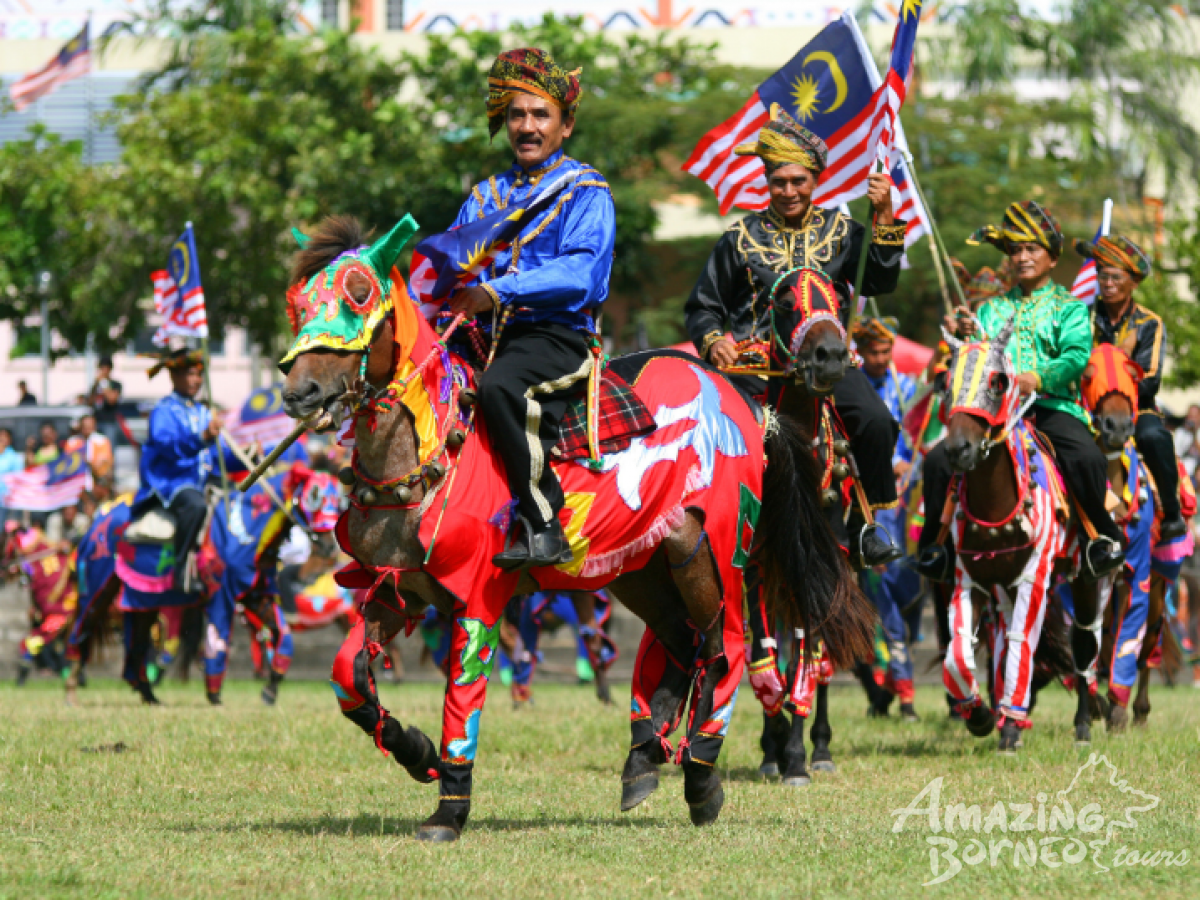
The Bajau people are known for their adaptability and versatility, with lifestyles that span both land and sea. They are divided into two main groups: the Sea Bajau, known for their maritime expertise, and the West Coast Bajau, celebrated as skilled horsemen.
- Sea Nomads: The Sea Bajau traditionally lived on houseboats, navigating the waters for sustenance. Over time, many have established coastal settlements with stilted homes, though their maritime heritage remains strong. Their deep-sea diving abilities and reliance on the ocean for fishing and pearl farming have earned them global admiration.
- Horse Culture: The West Coast Bajau are often referred to as “Cowboys of the East” for their equestrian skills. Horses play an important role in their cultural identity and are a highlight during festivals and ceremonies.
- Festivals: One of the Bajau’s most iconic events is the Regatta Lepa, a colourful boat festival celebrating their seafaring roots. Vibrantly decorated lepa-lepa boats glide across the water in a spectacular display of heritage and artistry.
- Modern Influence: Today, the Bajau seamlessly integrate traditional skills with modern livelihoods, contributing significantly to Sabah’s fishing and agricultural industries.
The Bajau’s diverse traditions reflect their ability to adapt to different environments, making them one of Sabah’s most dynamic communities.
Kadazan: Custodians of the Rice Fields
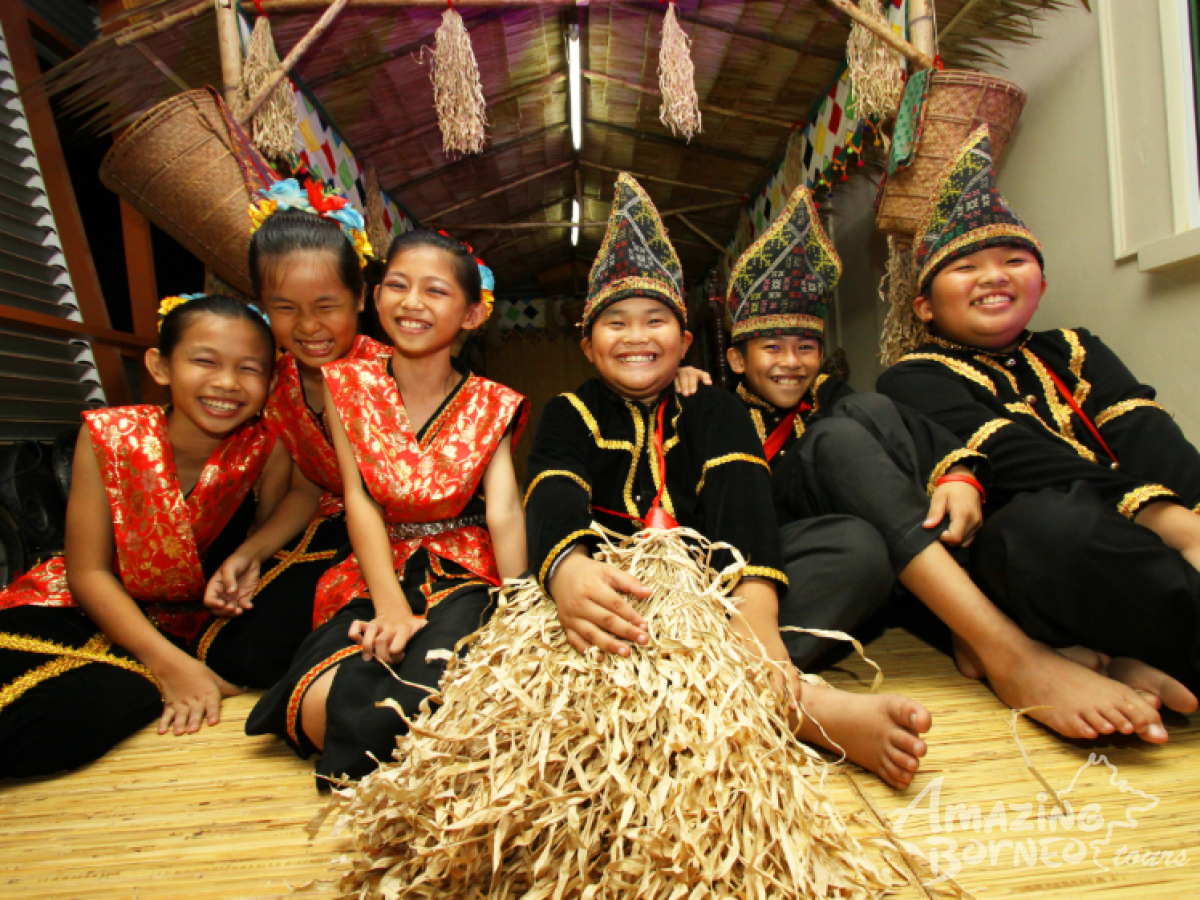
The Kadazan, often grouped with the Dusun under the collective term “Kadazandusun,” are the largest indigenous group in Sabah. Known as custodians of the land, their lives are deeply intertwined with agriculture, especially rice cultivation.
- Tadau Kaamatan: This annual Harvest Festival is the highlight of Kadazan culture, celebrating the end of the rice-growing season with rituals, dances, and traditional feasts. Key highlights include the Moginakan feast, a communal meal, and the Unduk Ngadau pageant, which honours the legendary spirit of Huminodun.
- Spiritual Beliefs: Traditionally animist, the Kadazan revered nature spirits and deities, with the bobohizan (priestesses) playing a key role in rituals. While many Kadazan have embraced Christianity, elements of their ancestral spirituality endure.
- Community Life: Kadazan villages are close-knit, with shared traditions emphasising mutual support and respect for the land.
- Modern Contributions: The Kadazan remain an integral part of Sabah’s cultural and economic fabric, blending modern practices with deep respect for their agricultural roots.
The Kadazan are a living example of how tradition and progress can coexist harmoniously, as they embrace modernity while honouring their roots.
Rungus: Artists of the North
%20https___commons.wikimedia.org_wiki_File_Rungus.jpg.png) (Photo Credit: Wikipedia)
(Photo Credit: Wikipedia)
The Rungus, an indigenous group based in northern Sabah, are renowned for their exceptional craftsmanship in beadwork and textiles. Every piece they create tells a story of heritage, identity, and connection.
- Architecture: Rungus longhouses are uniquely designed, with multiple families living under one roof. These structures foster a strong sense of community and reflect their pragmatic approach to communal living.
- Beadwork and Textiles: Rungus women are celebrated for their intricate beadwork, with each pattern symbolising stories, traditions, or aspects of their spiritual beliefs. Their woven garments are not only beautiful but also deeply meaningful, often worn during festivals and ceremonies.
- Traditions: Storytelling plays a vital role in Rungus culture, serving as a way to pass down their history and moral lessons to younger generations.
- Cultural Preservation: Despite modern influences, the Rungus have preserved their traditional way of life, making them one of Sabah’s most culturally intact communities.
Through their artistry, the Rungus continue to pass down stories and traditions to the next generation, ensuring their culture remains vibrant and enduring.
Common Threads That Bind Them
.png) (Photo by CEphoto, Uwe Aranas)
(Photo by CEphoto, Uwe Aranas)
While each of these groups has unique traditions and practices, they share common values that reflect the spirit of Sabah’s indigenous communities:
- Harmony with Nature: Whether farmers, fishermen, or hunters, all five groups maintain a deep connection to the environment, living in harmony with land and sea.
- Community Spirit: From longhouses to communal feasts, their lifestyles are centered on unity and mutual support.
- Art and Craft: Be it the intricate beadwork of the Rungus, the Magunatip bamboo dance of the Murut, or the Bajau’s vibrant boat decorations, creativity and artistry are integral to their identities.
- Resilience: Over the centuries, these communities have adapted to changing times while preserving their cultural roots.
- Oral Traditions: Storytelling is a shared heritage, passed down through generations to preserve history, morals, and values.
Acknowledging Sabah’s Diversity
%20https___commons.wikimedia.org_wiki_File_Dusun_Sandayo.jpg.png) (Photo Credit: Wikipedia)
(Photo Credit: Wikipedia)
Sabah is home to a kaleidoscope of over 30 indigenous ethnic groups — and over 200 sub-ethnic groups — each with its own unique identity, language, and traditions. While Mari Mari Cultural Village highlights five prominent groups, it represents only a fraction of the state’s rich cultural landscape.
Beyond the Lundayeh, Murut, Bajau, Kadazan, and Rungus, you’ll find communities like the Dusun, Bugis, Kedayan, Bisaya, Suluk, Ida’an, Sagamoh, and many others — each contributing to the vibrant tapestry of Sabah’s heritage. Their histories, crafts, and way of life continue to shape Sabah’s identity as a land of unity in diversity.
Visitors to Sabah are encouraged to explore beyond the village and immerse themselves in the broader cultural experience. Whether it’s attending local festivals, engaging with communities in their hometowns, or learning their languages, there’s always more to discover in this incredible land.
Why Visit Mari Mari Cultural Village?
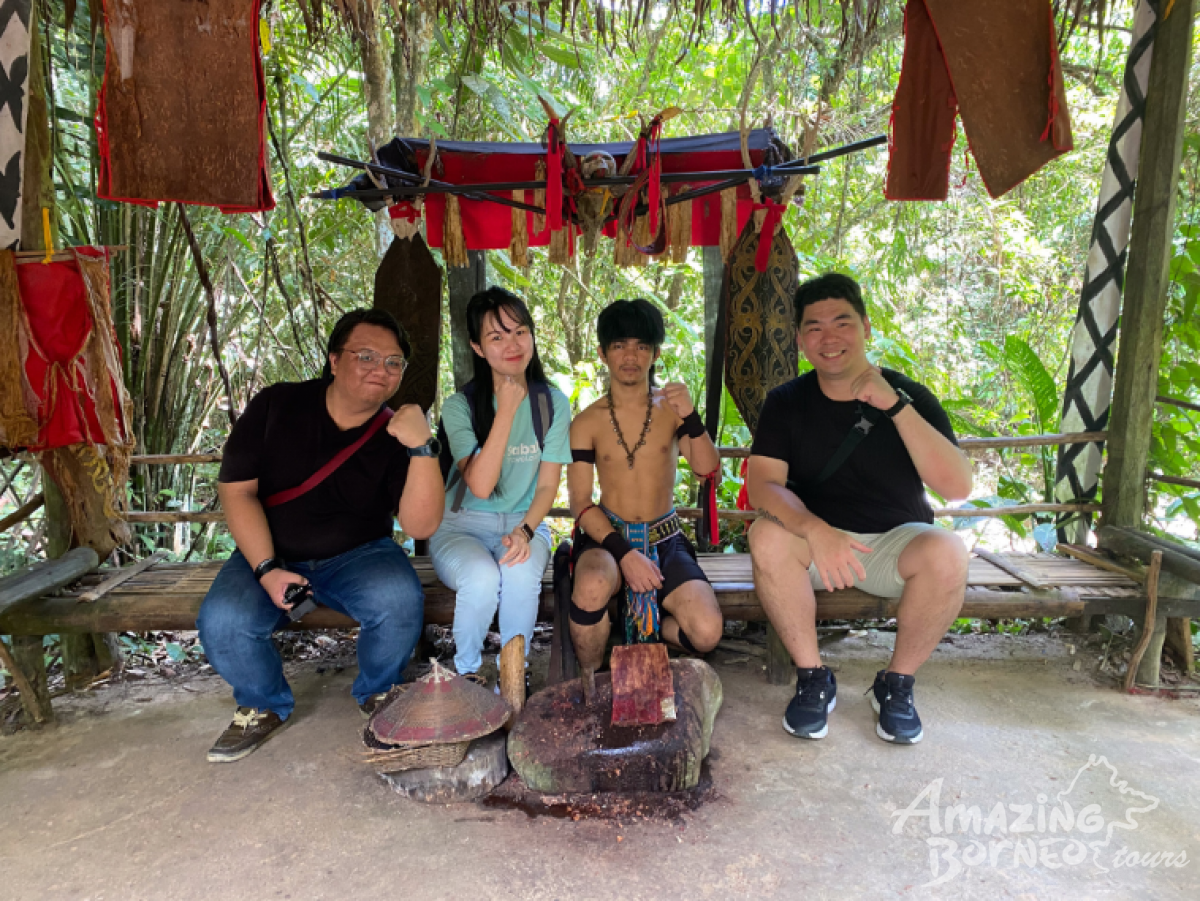
Beyond the photo-worthy dances and intricate crafts, Mari Mari offers something priceless: a chance to understand and appreciate the cultural roots of Sabah. It’s a journey through time, guided by the descendants of the very people who shaped this land.
So, why not let Amazing Borneo Tours plan your trip? Whether it’s trekking through highlands or exploring cultural gems like Mari Mari, we’ll make sure your Sabah experience is one for the books.
Book Your Cultural Adventure Today! Explore the beauty of Sabah’s heritage with Amazing Borneo Tours. Contact us now and make memories that will last a lifetime.
(Cover Photo Credit: Wikipedia)


-https___en.wikipedia.org_wiki_Demographics_of_Sabah#_media_File_Sabah_Malaysia_Welcoming-Contingent_Hari-Merdeka-2013-15.jpg.png)